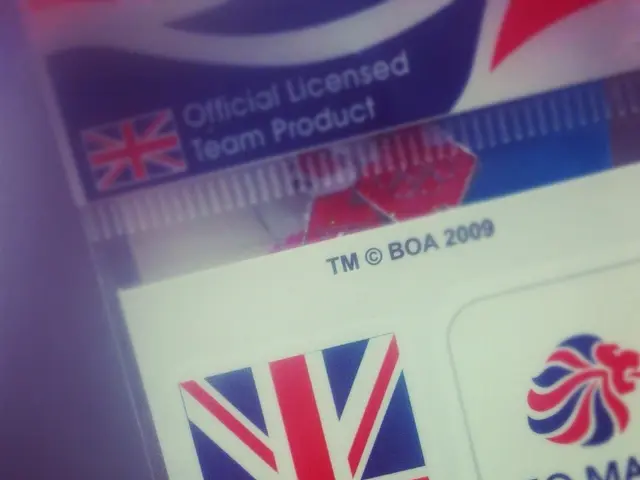Can Cruise Ships Really Achieve Green Status? Insights from Norway Might Provide Solutions
Cruise ships may be all the rage, but they ain't exactly eco-friendly. These floating behemoths guzzle heavy fuel oil, spew greenhouse gases, and rely on confusing global supply chains. But Norway, with its deep-rooted environmental consciousness and storied maritime ingenuity, is shaking things up. Two cruise companies operating along the country's historic Bergen-Kirkenes coastal route are proving that a greener future might just be on the horizon.
First up, we have Havila Voyages. They've already made a splash by launching four of the world's most green-conscious passenger vessels, currently plying the Norwegian coastline. These ships run on liquefied natural gas (LNG) and battery power, slashing carbon dioxide emissions by up to 40% compared to traditional ships. If they switch to liquid biogas, that reduction soars to a whopping 90%. The LNG-powered fleet isn't enough for these environmental pioneers. Through a research program called LNGameChanger, Havila is collaborating with Norwegian tech partners to develop onboard carbon capture systems. Using solid oxide fuel cells to generate electricity from LNG while capturing and liquefying carbon dioxide, they aim to make these ships singing a different carbon tune.
Meanwhile, Hurtigruten is thinking one step ahead. Their Sea Zero project aims to unveil the world's first fully zero-emission cruise vessel by 2030—quite the lofty goal, given the energy needs of large ships. To make that dream a reality, Hurtigruten is radically rethinking ship design. Their prototype boasts a sleek, energy-efficient hull, retractable sails for wind-powered propulsion, an air lubrication system to minimize drag, and contra-rotating propellers for optimized thrust. The juice will come from hefty battery packs recharged with green electricity at ports along the route. Early test results at SINTEF's labs are promising—the innovative design could slash energy use by 50%, potentially enabling battery-powered operation between charging ports.
Both companies are ambitious about reaching the 2030 milestone. Havila, which has already mastered large-scale battery technology, is now eyeing onboard carbon capture systems to further cut emissions from its LNG-powered fleet. Hurtigruten, on the other hand, is spearheading a zero-emission revolution in the design of cruise ships themselves. Their approaches might differ, but their objectives are shared: significantly reduce emissions, showcase Norwegian maritime genius, and preserve the pristine coast these ships call home. So, can cruise ships ever be truly sustainable? Norway's answer? A resounding "yes," but it'll require bold investments, collaborative efforts, and a willingness to disrupt the way we think about cruise ships.
FORBES EXTRA
What to Expect on HX Expedition Cruises After Hurtigruten Split
Why Norway Is Now a Year-Round Cruise Travel Destination
Inside 'Trollfjord,' Hurtigruten's Signature Coastal Cruise Ship
Twitter - Forbes, Havila Voyages, Hurtigruten
Website - Forbes, Havila Voyages, Hurtigruten
Editorial Standards - Forbes
Forbes Accolades - Forbes
- Norway's maritime industry, with its roots in environmental consciousness and ingenuity, is shaking up the future of cruise travel with companies like Havila Voyages and Hurtigruten.
- Havila Voyages, known for its green-conscious passenger vessels, is pioneering the use of liquefied natural gas (LNG) and battery power, reducing carbon dioxide emissions by up to 40%.
- Hurtigruten is aiming to unveil the world's first fully zero-emission cruise vessel by 2030, a lofty goal achieved through innovative designs like sleek, energy-efficient hulls and air lubrication systems.
- Forbes is expecting significant changes in HX Expedition Cruises after the Hurtigruten split, making Norway a year-round cruise travel destination.
- Inside 'Trollfjord,' Hurtigruten's signature coastal cruise ship, travelers can expect an immersive experience that showcases Norwegian maritime genius while preserving the pristine coast.
- Both Havila Voyages and Hurtigruten are making bold investments and working collaboratively to disrupt the way we think about cruise ships, aiming for significantly reduced emissions and a greener future.
- The future cruise industry, particularly in Norway, is intertwined with maritime science, finance, lifestyle, business, technology, and environmental-science, as these companies strive to make cruise travel sustainable.





